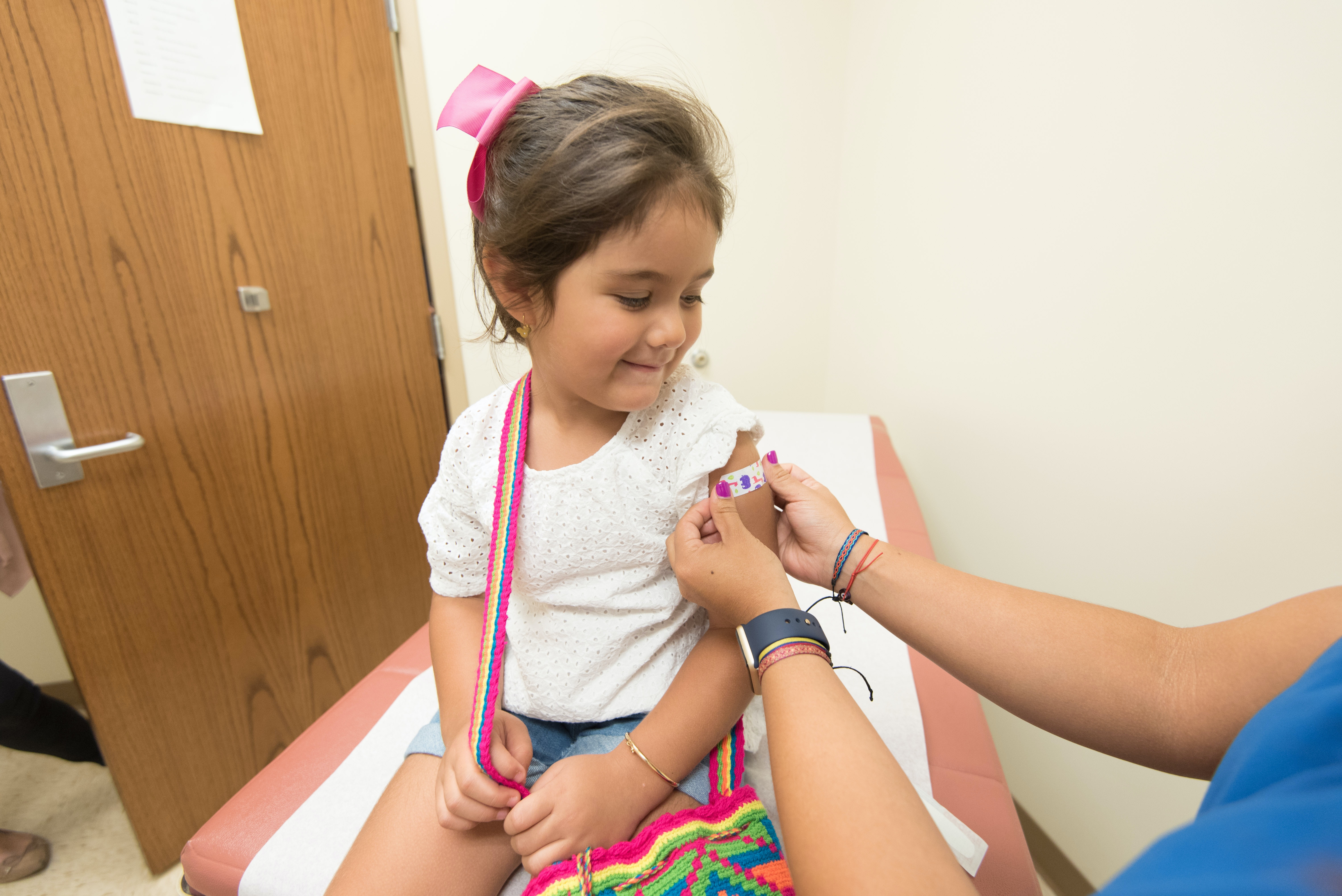Measles, Polio & HPV: Updated Calculation of Vaccination Coverage Rates
Note: This is an automated translation (using DeepL) of the original German article.
Department of Health publishes results of annual analysis of vaccination coverage rates
In order to monitor the current status of the vaccination coverage of the population with regard to dangerous infectious diseases, the Ministry of Health, together with DEXHELPP and TU Vienna, regularly conducts model-based evaluations. This update is done by DEXHELPP partner TU Wien and now includes not only the survey of rates for measles and polio vaccination but also those for HPV vaccination.The model-based evaluation is necessary because no "full survey" of vaccination status is conducted.
In the course of the European Immunization Week just taking place (23-29.4.2023), the results of this year's update were published by the Federal Ministry of Social Affairs, Health, Care and Consumer Protection. The official reports for the evaluation of measles-, polio- and HPV-vaccination can be downloaded from the Ministry's website.
For the evaluation of vaccination coverage rates, an agent-based simulation model was developed based on GEPOC, which represents the Austrian population on an individual basis. This allows different behaviors and characteristics to be modeled and different aspects to be included in the calculations. For the analysis, all existing vaccination-relevant data from Austria were then combined and entered into the model. After a one-time development, the model is continuously reused and thus minimizes the necessary effort of the analysis.
The analysis showed, among other things, that during the Corona pandemic there were gaps in measles and polio vaccination, which should now be urgently closed in order to reduce the risk of outbreaks such as those that recently occurred in Styria. The HPV vaccination, which is recommended for both boys and girls from the age of 9, has a coverage rate of only 56 percent for the first and 53 percent for the second vaccination. Since Austria does not have sufficient information on the gender distribution of those vaccinated, it is currently impossible to say how close Austria is to the WHO target. This is only defined for 14-year-old females, but for this it is set at a 90% vaccination coverage rate.
For more details (in German) of the current studies, see:
